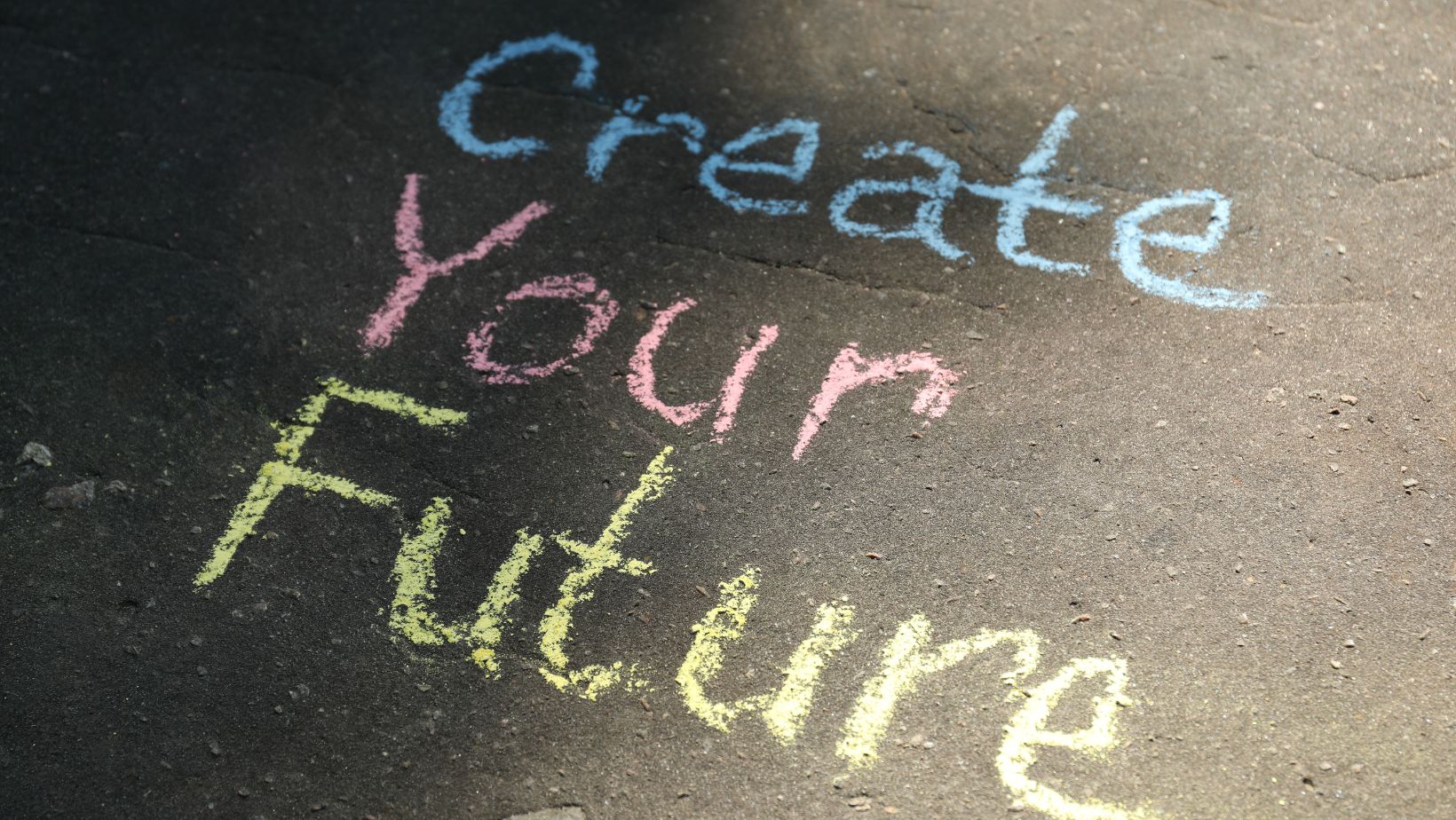A Holistic Approach to Climate Change
Teen Think Tank Project alum and blog contributor Anushka Dasari is back with a follow-up to her article exploring carbon accountability to discuss the practical ways in which policymakers, governments, companies, and consumers are doing their part to address global warming.
A Timely Discussion
The discussions surrounding climate change have never been more critical than they are today. Unfortunately, due to the lack of easily accessible information, a large portion of the world’s population is still unaware of the detrimental effects that climate change, particularly global warming, can have on our planet. Even those aware of global warming assume that the damage we are causing to our planet will not affect us in our lifetime. This could not be more inaccurate.
Reliance on Policy
Climate change severely affects our planet and society in real time; to make matters worse, the results are irreversible and exponentially worsening. In fact, “Earth’s temperature has risen by 0.14° Fahrenheit (0.08° Celsius) per decade since 1880, but the rate of warming since 1981 is more than twice that: 0.32° F (0.18° C) per decade” (Lindsey, Dahlman 2022). To some, an average temperature increase of 0.32° Fahrenheit a decade does not seem problematic, but when viewed on a larger scale, these temperature increases are destructive. According to the Intergovernmental Panel on Climate Change (IPCC), droughts, wildfires, and extreme rainfalls are a cause of our doing, and “some of these changes are irreversible over the next hundreds to thousands of years” (NASA). Although significant damage has already been done, as citizens of this planet, it is our responsibility to fix it.
Carbon Taxing
Luckily, many governments across the globe have implemented various types of policies to help prevent climate change, some more effective than others. For example, carbon taxes, an economic mechanism implemented to reduce carbon emissions, taxes people, businesses, and the government for the carbon emissions they produce. This method was initially developed in Sweden, where carbon emission rates have decreased by 27% since the introduction of carbon taxing. Since then, it has been implemented in over 40 other countries, such as Argentina, Canada, Japan, Singapore, and Ukraine.
Cap and Trade
Another well-known method aimed at reducing carbon emissions is cap and trade. A cap and trade system creates a specific limit (or a “cap”) of carbon emissions that society must stay under. Still, it allows individual entities to buy and sell (or “trade”) excess carbon credits under the cap in a free market setting. The concept of cap and trade was developed in California in 2013 with great promise of creating a balance between competing economic and environmental needs; it has not gained as much traction in the decade since its creation as once hoped due to a variety of procedural, political, and logistical limitations and discrepancies.
Technology
While policy alone has not been able to answer the need for carbon reduction, technology has proven to help significantly in preventing climate change. Many technologies, from nuclear energy to geoengineering, have been developed to derive energy from renewable sources. As a result, in the past decade, the cost of producing renewable energy has fallen by 88%, making it much more accessible to the general public. That, coupled with the introduction of carbon capture technology, which can cut factorial carbon emissions by up to 90%, we are seeing increased optimism that technology can help close the gap in progress that policy alone has failed to achieve (Lindsey & Luann, 2023).
Global Solutions
While improved national policy and advanced technological advancement are certainly a step in the right direction, primarily when used in a coordinated effort; the climate change problem must be addressed globally with transnational buy-in. Therefore, the issue of stopping global warming is and always has been a problem best addressed by the United Nations organization.
In 2020, UN Secretary-General Antonio Guterres, a Portuguese politician, announced that by 2050 we must create net-zero greenhouse gas emissions. If this does not happen, it is predicted that temperatures will increase much over the 1.5°C limit, and the only way to prevent it is to synthesize a strong global response.
The Paris Agreement
One such attempt at coordinated international action is the Paris Agreement, adopted on December 12th, 2015, and put into force on November 4th, 2016. The Paris Agreement is a legally binding international treaty. It requires all countries that are a part of the UN to set individual goals to reduce greenhouse gas emissions. Nearly all countries have set goals, and over sixty countries have pledged to reach net-zero emissions by 2060. This agreement is a significant milestone in the UN’s journey to reverse climate change as it was the first binding agreement requiring numerous nations to combat climate change aggressively.
The fact that the Paris Agreement is a global initiative is important because, according to a study by Professor Dr. Michael Bechtel, Professor Dr. Kenneth Scheve, and Dr. Elisabeth van Lieshout, “the public is more willing to bear the costs of climate action if other countries contribute.” Specific climate policies, such as domestic carbon taxing, may be financially costly or inconvenient for low-income and middle-class families in the US; however, Dr. Bechtel states, ‘We also find that when domestic climate measures are embedded internationally, people are more likely to believe that these reforms will positively impact important social, economic, and environmental sustainability goals,’” (Meseg-Rutzen, 2022).
Sustainability
For those countries who pledge to be responsible for the greenhouse gases they emit, even if it is not a large amount, there are mechanisms for them to lower their emissions. For example, producing and consuming more sustainable products has proven to have positive results when taken seriously. According to the UN, the key is to “do[ing] more and better with less.” This can be applied by producing products that have longevity, are entirely recyclable, are made of renewable resources, and are made of as less material as possible (United Nations).
Since a push toward sustainability received positive feedback throughout the global marketplace, many companies have begun featuring “sustainably sourced” products. However, many companies claim that their products are sustainable when they are not (Gibbens, 2022). According to National Geography, “‘Greenwashing’ is misinformation often used to entice an aspiring green consumer. Companies promising to be sustainable, biodegradable, or environmentally conscious sometimes fail to meet their promise to consumers.” Within the US, the Federal Trade Commission regulates green advertising. It has been filing lawsuits against companies violating the marketing guidelines by trapping consumers from their non-eco-friendly products by claiming them eco-friendly. Recently, Kohl’s, Walmart, and Volkswagen have been proven to be lying about their products.
Sustainably made clothing has also become popular over recent years, but not all companies are truthful about their sustainability (Gibbens, 2022). Therefore, one must research whether a company’s products are certified by a credible third-party organization such as USDA Organic, B Corp Certification, and Fair Trade. An easy way to ensure purchasing green products is to shop small (local and independent stores). However, the most advised method to be sustainable is to follow the three R’s: reduce, reuse, and recycle (Gibbens, 2022)
Conclusion
Despite the positive steps that are being taken to address climate change, the effect of civilization on the climate is worsening at a rapid rate. Governments globally need to adopt strong mechanisms that will be able to reduce carbon emissions and encourage the public to live more sustainably. As mentioned earlier, implementing some policies such as carbon taxing, banning greenwashing, the Paris Agreement, and cap and trade will lay a base for the public to control the consumption and production of environmentally unfriendly products strictly. If all countries do their part to support our planet and more awareness is brought to the public, the chances of preventing and even reversing climate change are possible.
Works Cited
Buchs Milena and Mattioli Giulio. “Climate change: The fairest way to tax carbon is to make air travel more expensive.” https://phys.org/news/2022-10-climate-fairest-tax-carbon-air.html
“Design Sustainable Products.” Business Victoria. https://business.vic.gov.au/business-information/sustainability/design-sustainable-products.
Gibbens Sarah. “Is your favorite ‘green’ product as eco-friendly as it claims to be?” National Geographic. https://www.nationalgeographic.com/environment/article/what-is-greenwashing-how-to-spot
“Goal 12: Ensure Sustainable Consumption and Production Patterns.” United Nations. https://www.un.org/sustainabledevelopment/sustainable-consumption-production/.
“How Do Governments Combat Climate Change?” World101 Global Era Issues. https://world101.cfr.org/global-era-issues/climate-change/how-do-governments-combat-climate-change
Lindsey Rebecca and Dahlman Luann. “Climate Change: Global Temperature.” NOAA National Centers for Environmental Information. https://www.climate.gov/news-features/understanding-climate/climate-change-global-temperature





